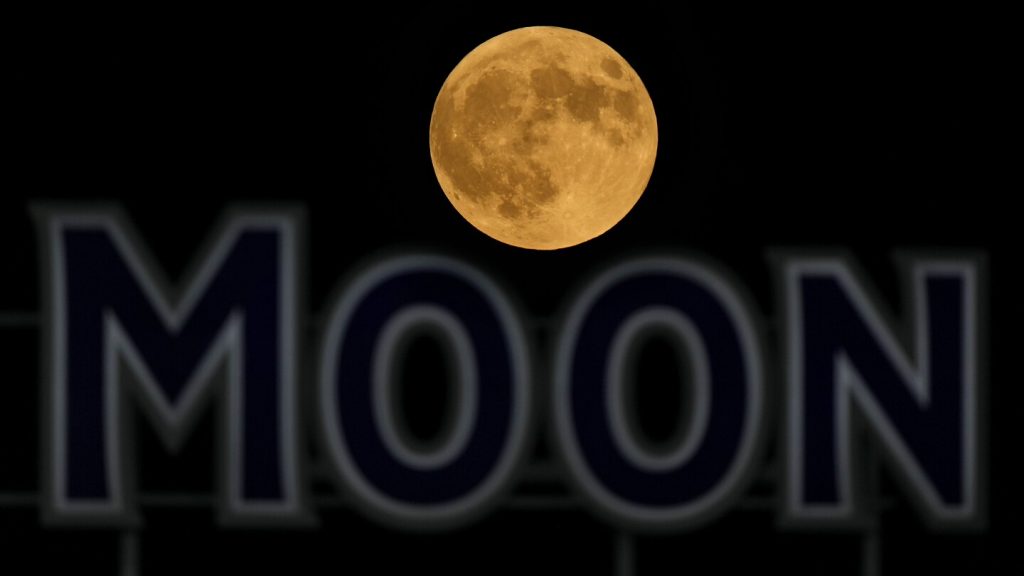On Wednesday night, October’s supermoon graces the skies as the closest and brightest of the year, coinciding with the arrival of comet Tsuchinshan-Atlas. At a distance of 222,055 miles (357,364 kilometers) from Earth, this supermoon, which is the third of four for 2024, provides a striking visual spectacle. The full moon phase will occur the following Thursday, enhancing its luminosity. This particular supermoon is significant, especially for stargazers in the Northern Hemisphere, as it follows a successful display of the comet in the Southern Hemisphere. Although the moon’s brightness may overshadow the comet’s tail, NASA’s Bill Cooke encourages observers to look for it post-sunset, noting that a comet’s next return could be uncertain. Fortunately for those who might miss this celestial event, another supermoon will appear on November 15.
The term “supermoon” is not strictly scientific, but rather a popular phrase that describes a full moon coinciding with its nearest proximity to Earth. This occurrence typically takes place three or four times each year due to the moon’s elliptical orbit. Although a supermoon does not physically enlarge the moon—changes in size are often imperceptible to the naked eye—it can appear particularly vivid and larger during these events. The varying distances of the supermoons in 2024 showcase the unique nature of each event, with October’s being the closest, followed by one in November.
In examining the four supermoons of 2024, notable mentions include the one observed in August, which was 224,917 miles (361,970 kilometers) away, and September’s event, which brought the moon slightly closer at 221,418 miles (356,185 kilometers). The recent supermoon stands out as the closest when measured from Earth at 222,055 miles. Astronomers paid special attention to the September supermoon as it coincided with a partial lunar eclipse, creating an additional layer of spectacle to sky watching.
Though subtle differences between supermoons may be challenging for the general public to discern, the brightness associated with supermoons can be significantly more striking—traditionally up to 30% brighter than average moonlight. For amateur stargazers and aspiring astronomers, the experience of observing such celestial events can ignite curiosity and excitement about lunar exploration, a field that is currently receiving increased focus. With new lunar missions planned and astronauts scheduled to return to the moon, public interest in lunar phenomena continues to grow.
In addition to the excitement surrounding the full moon and its comet companion, the supermoon serves as a reminder of humanity’s efforts to explore and understand these celestial bodies. As countries ramp up their lunar exploration efforts, the public’s fascination with the moon has reinvigorated conversations about what lies beyond Earth. Upcoming lunar missions, including those spearheaded by various nations, foster a deeper appreciation and desire for knowledge regarding the moon and its surrounding cosmos.
Finally, the support from organizations like the Howard Hughes Medical Institute, combined with media contributions, ensures that the wonder of cosmic events is shared widely. The commitment to promoting scientific education and engagement with celestial observances allows for a collective appreciation of phenomena like the supermoon and comet sightings. As stargazers prepare for upcoming opportunities like the final supermoon of the year in November, the allure of the cosmos remains ever-present, encouraging people to step outside and gaze at the universe above.

